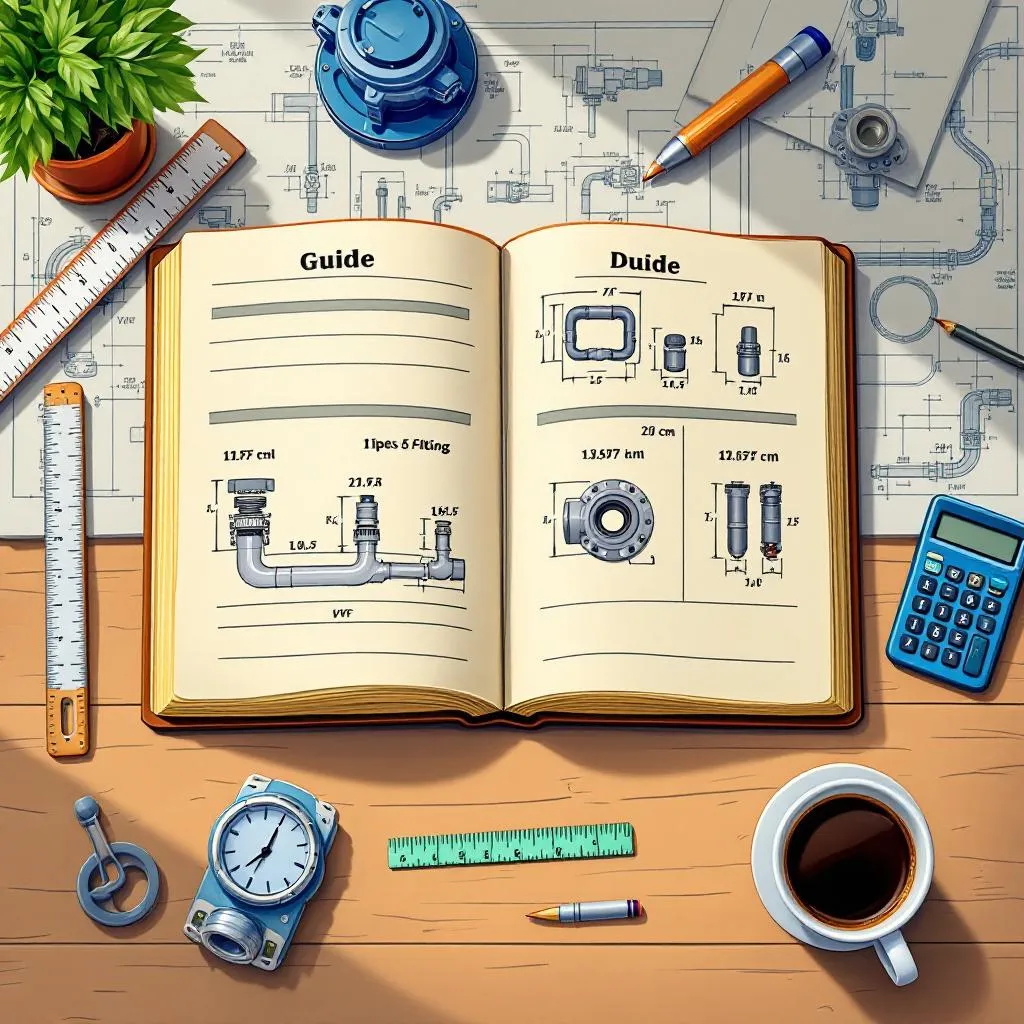GETPIPE’s Comprehensive Guide to PVF Sizing and Selection

When it comes to industrial applications, the right Pipe, Valve, and Fitting (PVF) sizing and selection is critical for operational efficiency and safety. Many engineers and procurement specialists face challenges while navigating these complex decisions. This guide will help you understand the best practices for PVF sizing and selection, ensuring you make informed choices for your projects. By the end, you will be equipped with the knowledge you need to enhance your PVF procurement process!
Table of Contents
- What is PVF?
- Importance of Correct Sizing
- Key Considerations for Selection
- Types of PVF Products
- Tips for Installation and Maintenance
- Conclusion
What is PVF?
PVF, or Pipe, Valve, and Fitting, is a term widely used in industrial sectors to refer to the materials used to control the flow of liquids and gases. The components of PVF have varying sizes, materials, and designs which are tailored for specific applications. Understanding the different aspects of PVF is crucial for any professional involved in industrial operations.
Importance of Correct Sizing
Choosing the correct size of PVF components is vital for many reasons:
- Efficiency: Proper sizing ensures maximum flow efficiency, which can lead to energy cost savings.
- System Pressure: Oversized fittings can lead to pressure drops and inefficient system performance.
- Safety: Incorrect sizing can pose serious safety hazards, potentially leading to system failures.
Key Considerations for Selection
When selecting PVF components for your industrial needs, consider the following factors:
- Flow Rate: Determine the volume of liquid or gas that needs to flow through the system.
- Temperature and Pressure: Assess the working conditions that the PVF will be exposed to.
- Material Compatibility: Ensure the material of the PVF components is compatible with the contents being transported.
- Regulatory Compliance: Verify that the PVF products meet industry standards and regulations.
Types of PVF Products
GETPIPE offers an extensive range of PVF products to meet your industrial needs. Here are some common types:
1. Pipes
Available in various materials such as PVC, CPVC, steel, and copper, the right type of pipe will depend on your specific application. For detailed specifications, visit GETPIPE’s Pipe Selection.
2. Valves
Valves control the flow and pressure within the system. Common types include gate, globe, ball, and butterfly valves. Each serves a unique purpose and should be selected based on the specific needs of your project.
3. Fittings
Fittings are crucial for connecting pipes, and come in various shapes and sizes. Choosing the correct fittings is essential for ensuring a secure and leak-proof connection. Check out GETPIPE’s Fitting Options for more information.
Tips for Installation and Maintenance
The installation of PVF components should be carried out adhering to best practices to ensure longevity and efficiency. Here are some tips:
- Proper Tools: Use the right tools for installation to prevent damage to components.
- Follow Guidelines: Always follow industry standards and guidelines during installation.
- Regular Inspections: Schedule routine inspections and maintenance to catch potential issues before they escalate.
Conclusion
Understanding PVF sizing and selection is essential for anyone involved in procurement and management of industrial projects. With GETPIPE’s comprehensive guide, you have the information to make informed choices that enhance efficiency and safety in your operations. If you have any questions or need expert assistance, don’t hesitate to contact our live customer support. Start today by browsing our large inventory of pipes, valves, and fittings at GETPIPE!
Recent Posts
-
How to Identify Quality in Industrial Supplies
Finding quality industrial supplies can often feel overwhelming, e …December 1, 2025, 6:05 am -
Quality Assurance: How GETPIPE Guarantees Superior Products
In the industrial sector, product quality is paramount. If you're …November 24, 2025, 6:05 am -
Strategies for Reducing Industrial Supply Expenses
Are you struggling to manage your industrial supply expenses? With …November 17, 2025, 6:05 am

